Optimal Timing for Concrete Installations
Determining the optimal time for concrete installations involves considering weather conditions, temperature, and humidity. Proper timing ensures the concrete cures correctly and achieves the desired strength and durability. Typically, the best periods are during mild, dry weather with temperatures between 50°F and 85°F.
Ideal conditions include low humidity, moderate temperatures, and minimal rainfall to prevent delays and surface defects.
Concrete sets best in temperatures above 50°F and below 85°F. Extreme cold or heat can affect curing and strength development.
Spring and early fall are preferred seasons due to stable weather patterns, reducing risks associated with temperature fluctuations.
Heavy rain, freezing temperatures, or high winds can compromise the integrity of the installation process.
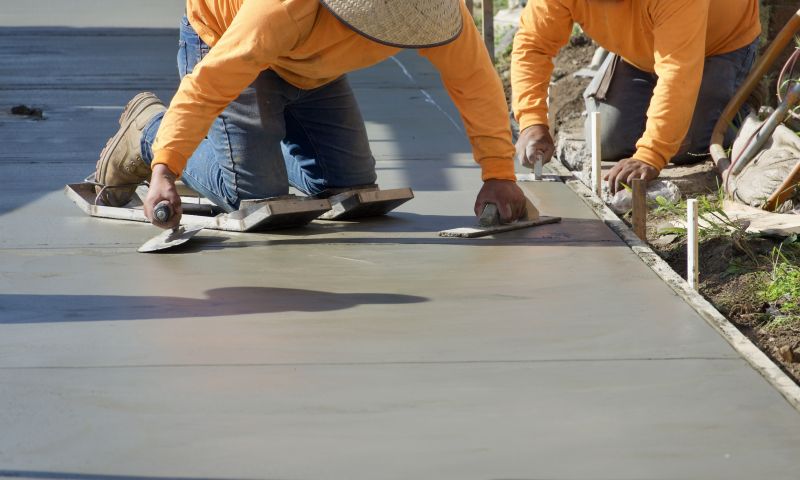
Ways to make Concrete Installations work in tight or awkward layouts.

Popular materials for Concrete Installations and why they hold up over time.

Simple add-ons that improve Concrete Installations without blowing the budget.

High-end options that actually feel worth it for Concrete Installations.
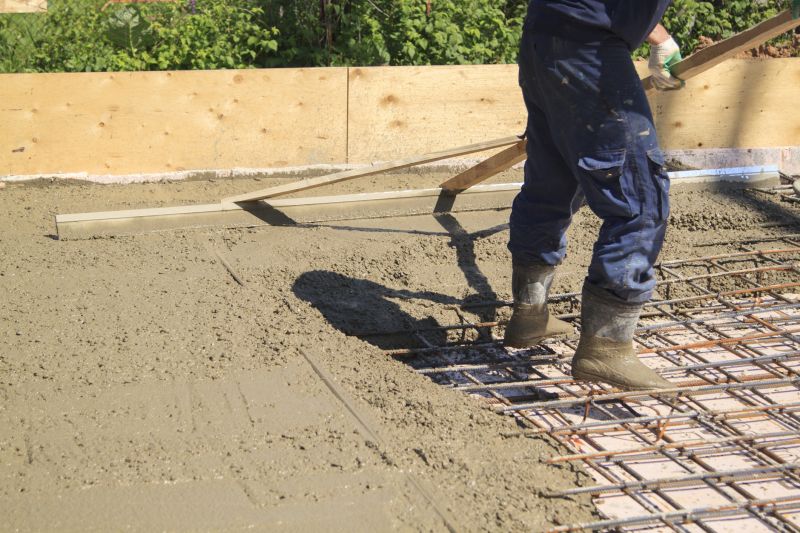
Finishes and colors that play nicely with Concrete Installations.
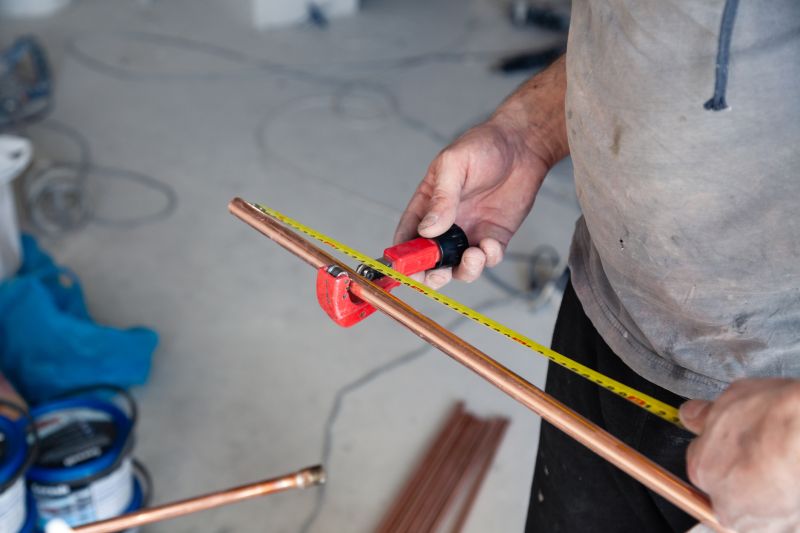
Little measurements that prevent headaches on Concrete Installations day.
| Season | Optimal Conditions |
|---|---|
| Spring | Moderate temperatures, low rainfall, stable weather |
| Summer | Warm temperatures, low humidity, minimal rain |
| Fall | Cooler temperatures, dry conditions, stable weather |
| Winter | Cold temperatures, risk of freezing, not ideal |
Concrete installations require careful planning to align with suitable weather conditions. Proper timing minimizes risks such as cracking, surface imperfections, and delayed curing. High-quality results depend on choosing periods with predictable, mild weather to ensure the concrete cures uniformly and achieves maximum strength.
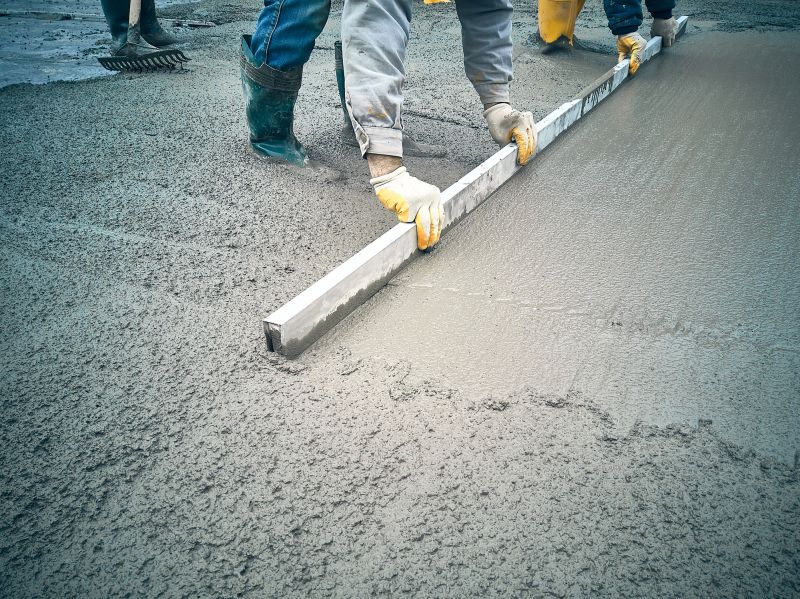
A 60-second routine that keeps Concrete Installations looking new.
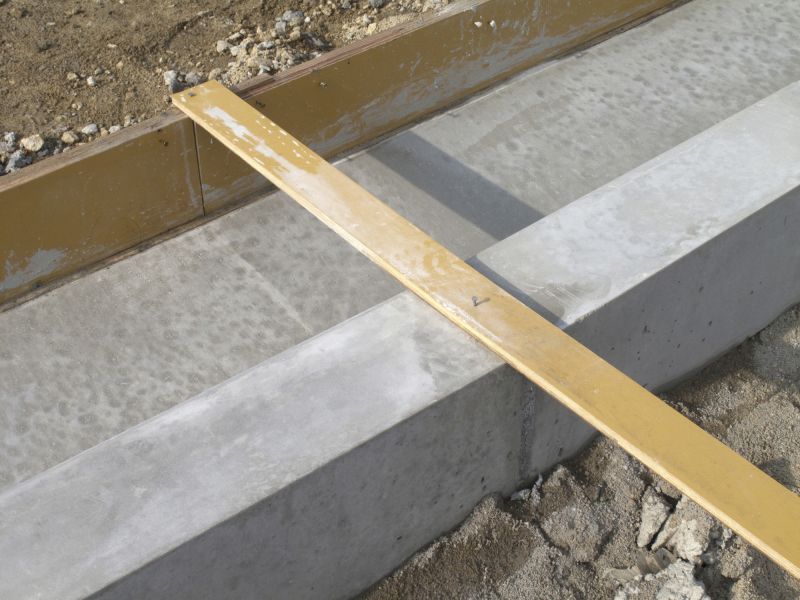
A frequent mistake in Concrete Installations and how to dodge it.
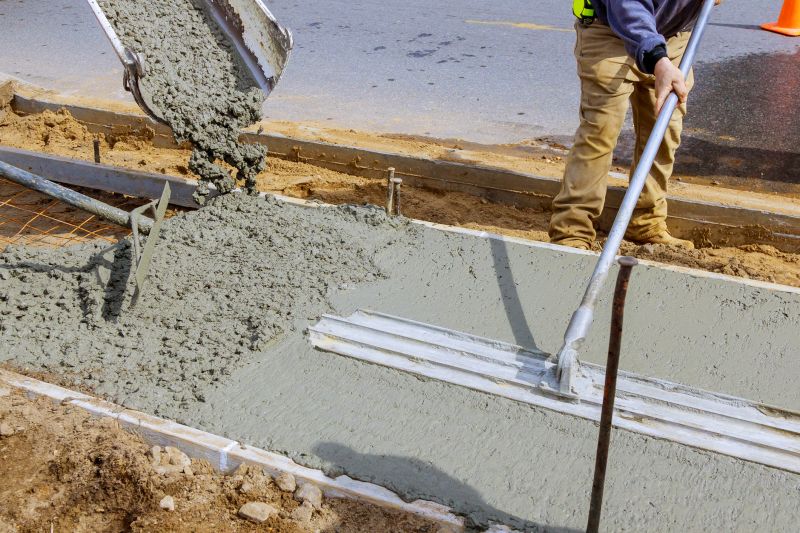
Small tweaks to make Concrete Installations safer and easier to use.
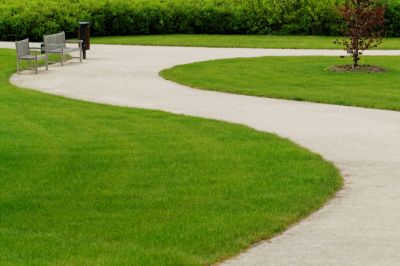
Lower-waste or water-saving choices for Concrete Installations.
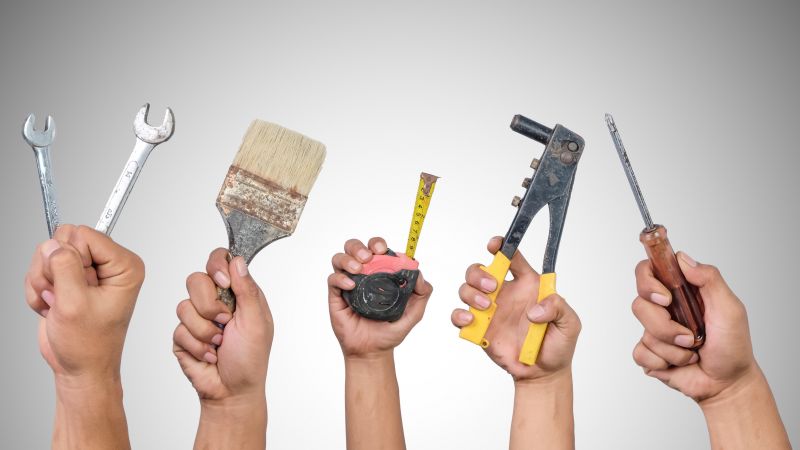
The short, realistic tool list for quality Concrete Installations.
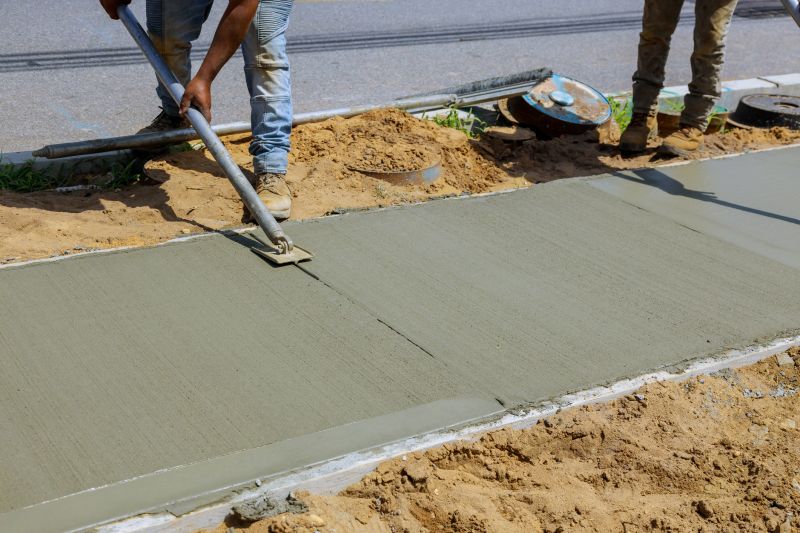
Rough timing from prep to clean-up for Concrete Installations.
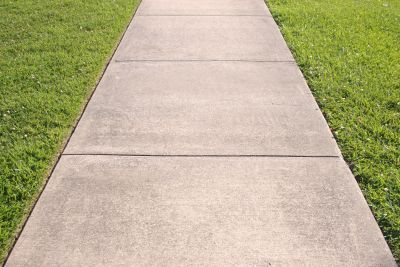
Quick checks and paperwork to keep after Concrete Installations.
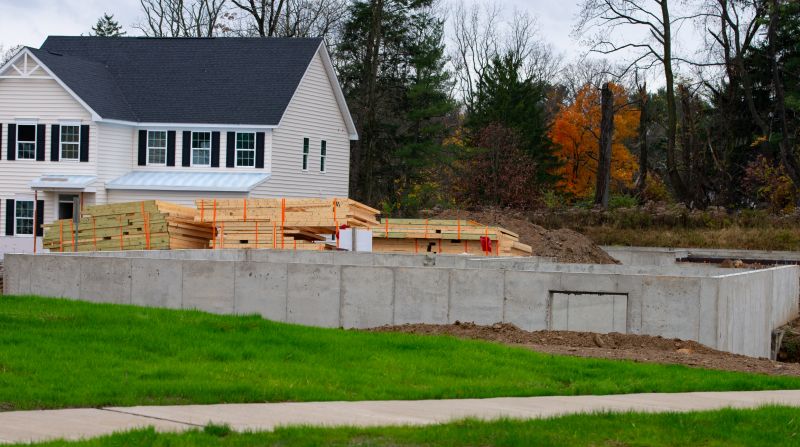
Examples that show the impact a good Concrete Installations can make.
Choosing the right time for concrete installation can influence the longevity and appearance of the finished surface. It is essential to monitor weather forecasts and plan accordingly to avoid adverse conditions that can compromise the quality of the work.


